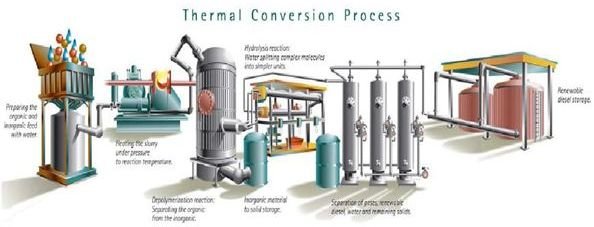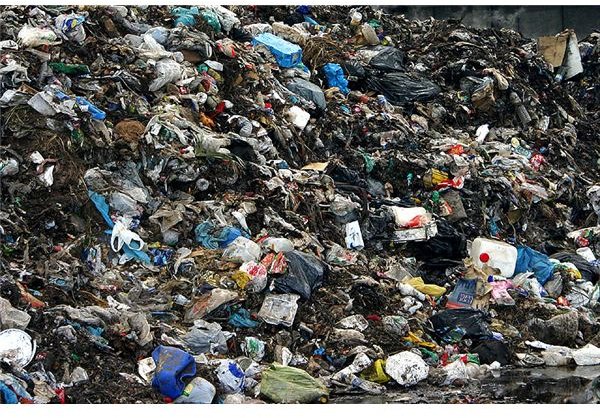How to Convert Waste to Fuel? Convert Grabage to Fuel.
Introduction
Garbage disposal is a big challenge for many countries around the world. The developed countries are finding it hard to get rid of the huge amount of garbage that they produce in an economical and environmentally friendly way. Many of these countries have started dumping garbage into less developed countries with a certain price. However, that doesn’t solve the problem when seen from the entire world’s perspective. Garbage has been one of the main factors in spreading pollution and diseases. Transferring garbage from one country to another is just making the less fortunate countries more susceptible to garbage related pollution and diseases. So what needs be done?
Is it Achievable?
The rising problem of global warming has forced scientists around the world to utilize garbage in a productive way. However, there have been few countries that have already made concrete efforts and found ways to generate power from garbage and solid waste. This, in the first place might sound impossible but presently there are companies which have established and successfully running “garbage to fuel” plants.
Some of the countries involved with this project claim that using the biofuels generated from garbage will reduce the global carbon emission by more than 80%. Though this presently might seem a distant dream and also take several years for the making, the first essential step has already been taken.
Companies such as Green Power, Inc. and Changing World Technologies, Inc. have already started the journey by installing plants that produce renewable diesel from agriculture and livestock waste streams. Still hard to believe? Then let’s see how this miraculous process is done.
Converting Garbage to Fuel
Converting garbage to fuel is not a new idea. Many scientists in the past have made attempts at this, but by keeping the environment at stake. However, a new technique known as thermal conversion process (TME) performs the same function without affecting the environment. TME, similar to earth’s geothermal process, uses water, heat, and pressure to convert garbage and solid waste into oils, gases, and various other products. The thermal conversion process is not only environment friendly, but also produces several products which can be used for different purposes. Let’s see how this is done.
The thermal conversion process consists of a series of stages wherein the organic and inorganic waste is converted into useful fuel. The first stage of the process consists of an apparatus wherein the garbage and solid waste is mixed with water to produce slurry. The slurry is heated under a specific temperature and pressure and then transferred to a cylindrical chamber where depolymerization, or the separation of organic and inorganic matter, takes place. After this, clever utilization of water splits the complex molecules into simpler units by the process of hydrolysis. Separated inorganic material is transferred to a separate storage chamber. Later on, the separation of gases, renewable diesel, water, and remaining solids takes place in a separate apparatus. The renewable diesel thus obtained is stored separately and later transported for use.
It is true that complete substitution of fossil fuels with such biofuels might take several years; however once done, it might provide a permanent solution to many environmental problems, including garbage disposition.

References and Image Credits
Related Reading
Power from Our Rubbish - Despite the recent government drive to encourage us to recycle, we are rapidly running out of suitable landfill sites for our rubbish. The only viable alternative is incineration of the rubbish, raising steam through waste heat boilers to drive steam turbine power generators producing electricity
Landfill Sites - Landfill sites are used for the disposal of waste materials. Landfills may be built and managed by the producer of waste, or alternatively by state organizations. Landfills are selected according to some established factors for the health and safety of humans, to prevent adverse landfill effects.
Soil Mechanics - Soil mechanics is the study of soil and the factors such as bearing capacity, pore water pressure, and effective stress, to name a few, that make soil able to hold up a structure.
